TUNISIA: In-between sand dunes & canned tuna
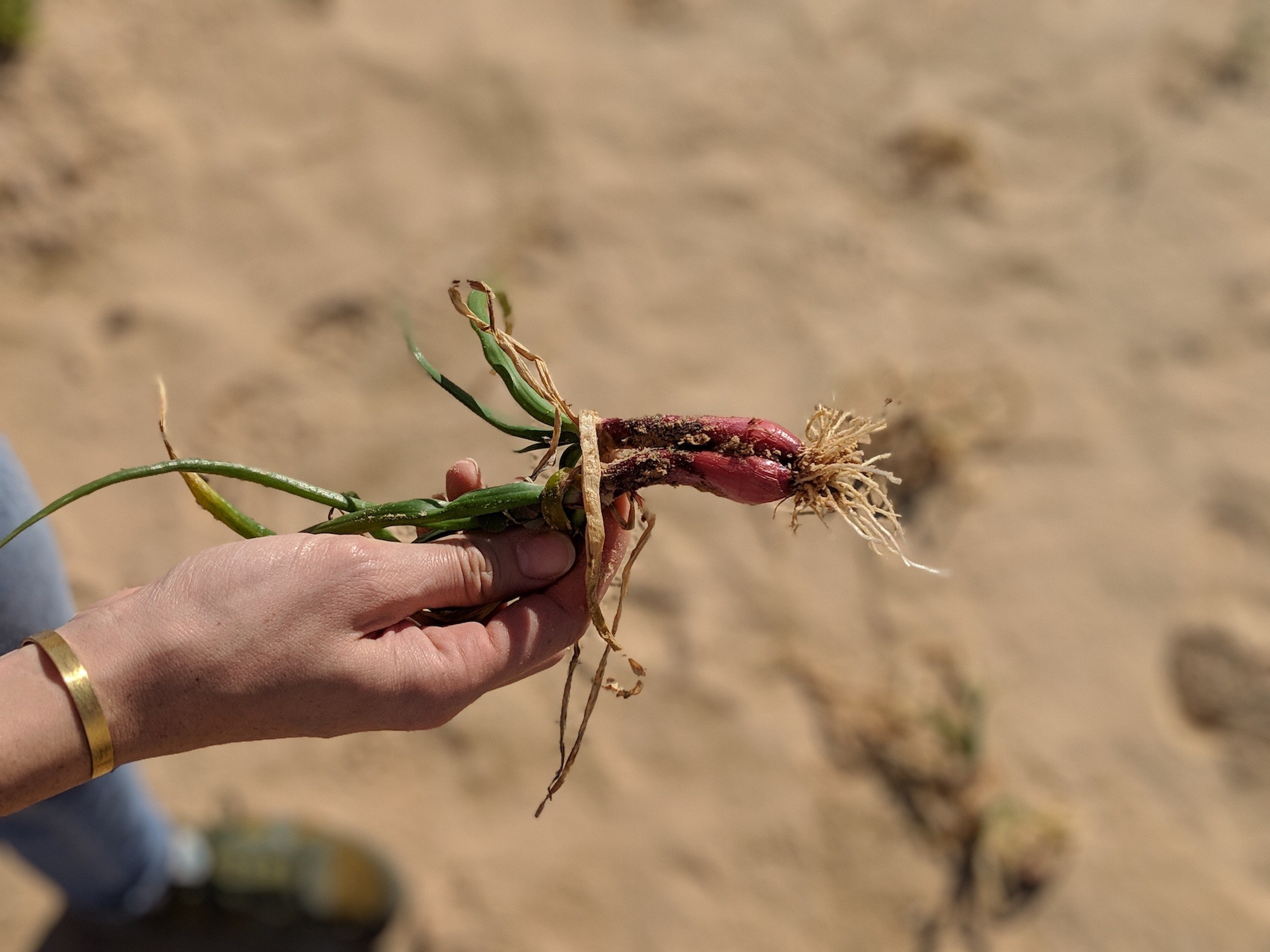
Before my trip to Tunisia, I really did not know much about the country apart from the fact that it sits on the Mediterranean. Like most of the countries blessed to have such climate and ecosystem, agriculture in Tunisia is a very productive and thriving industry. There is a large diversity of crops harvested across the country. However, a group of about five foods dominate the market. Below, I list those foods that held a protagonist role during my Tunisian experience.
CANNED TUNA
The Tunisian canned tuna craze caused me particular fascination. I grew up thinking about canned tuna as the item one resorts to when there is literally nothing else to eat, or as camping food. In Tunisia, with over 1000km of Mediterranean coastline, canned tuna is even served at high-end seafood restaurants.
Canned tuna can be found in pretty much every Tunisian meal. You will find it on pizza, pasta, on every salad, in sandwiches, inside pastries, and as a key ingredient in the famous ‘Brick’. Advice for vegans and vegetarians: make sure to say “no tuna” every time you order anything, even if you just order bread.
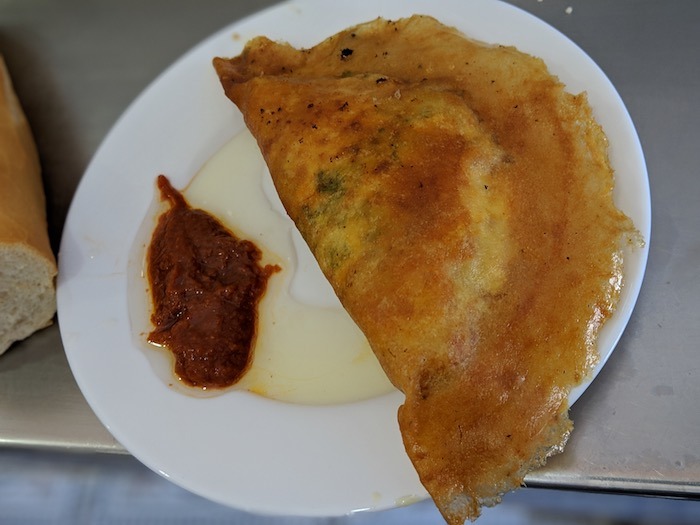
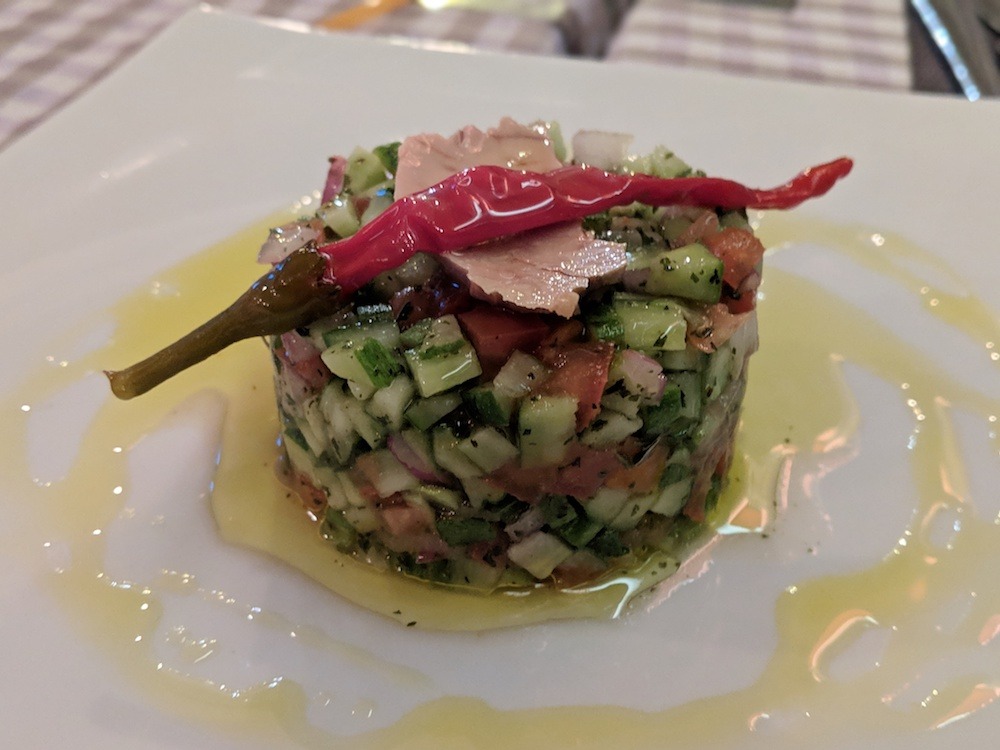
I tried to find out why and when the birth of the canned tuna culture took place, but no matter who I asked they seemed very puzzled by my own curiosity. The common response was that canned tuna has always been part of Tunisian cuisine. A very unsatisfactory answer.
Most of the tuna is produced nationally. Considering the popularity, a few canning factories exist throughout the country to keep up with the demand, as well as for export.
OLIVES

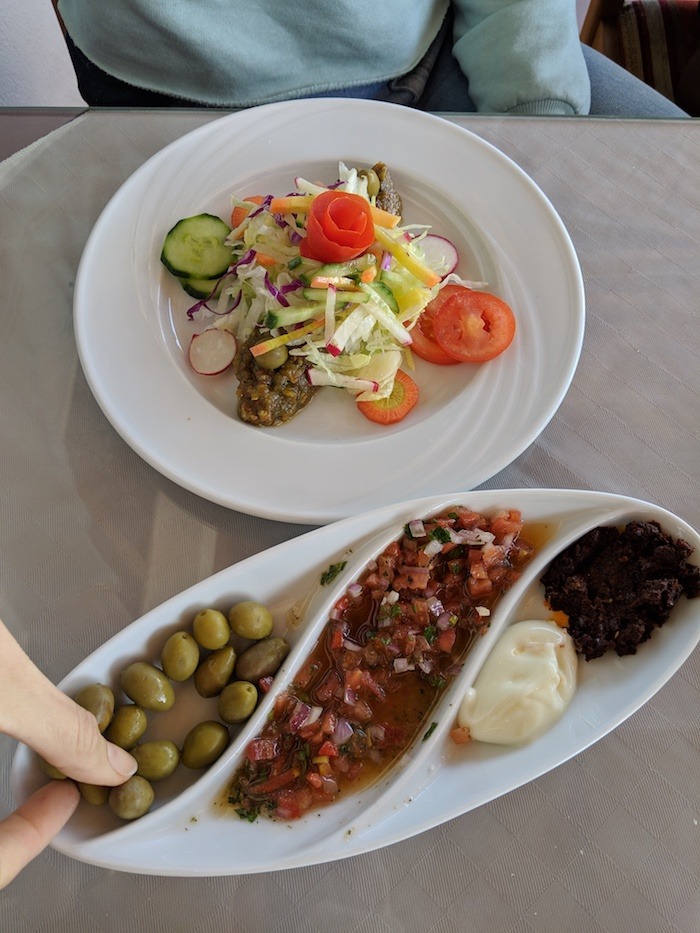

Amongst the many crops that are grown on Tunisian soil, the olive industry is possibly the most important. It has had growing popularity due to its organic olive oil thriving in the international market.
During a 2-hour train ride from Hammamet to El Jem, there was not a gap in the horizon that was not covered in olive groves. In fact, about 1.8 million hectares, which is approximately 30% of Tunisian land is covered with olive groves. One hectare holds 17 olive trees, and each tree is separated by 24-meter distance between each tree. The reason for such distance is because most olive groves are harvested through natural means. This means no irrigation nor fertilization, apart from what the natural climate has to offer. Therefore, there is not enough water and the trees must have a significant distance from each other in order not to compete for resources.
The crop is so well adapted to its natural environment that Tunisia produces more than 30,000 tons of organic olive oil each year. It is the largest supplier of olive oil to the United States and the European Union.
I personally found the Tunisian olive quite disappointing. All olives I tried, no matter the region; were extremely bitter and nearly skinless. It feels like a betrayal on my behalf, considering it is held at such high esteem. However, based on my experience, I still wonder if I just had bad luck – consistently?
The best carry on duffle backpack
I share with you my insights on the best carry-on duffle backpacks that you can buy online today.
HARISSA
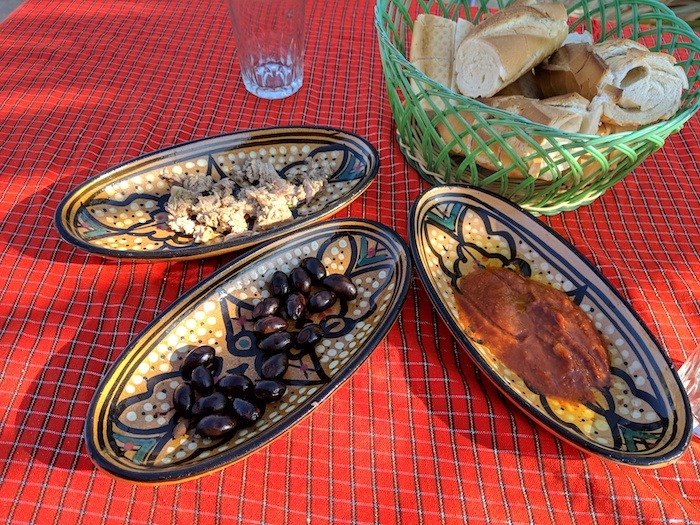
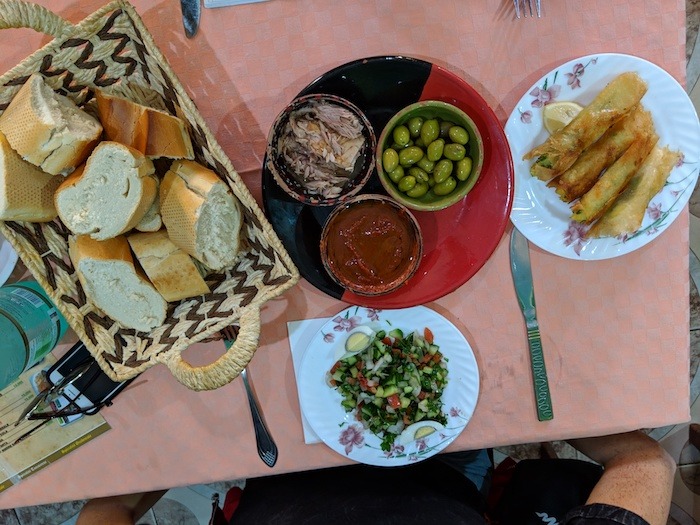
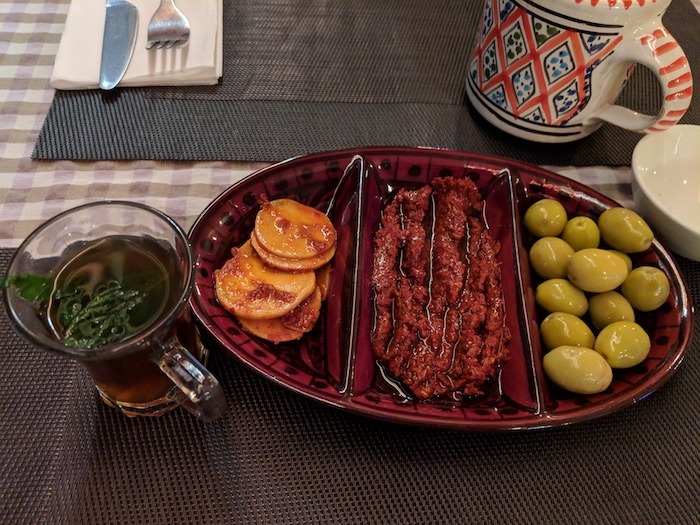
Harissa is the Tunisian hot sauce, which along with tuna and olives make up the three starters that will be served at every single restaurant across the country. It is made by grinding a combination of different chilis with garlic and herbs. Tunisians love spicy food and use a lot of dried chilis in their cuisine.
COFFEE

Coffee was first brought to Tunisia in the 16th century during Ottoman empire. Traditional Tunisian coffee has its roots from Turkish coffee culture which is served in a zézoua and is often infused with orange blossom or jasmine water. While coffee culture is ancient in Tunisia, it has also evolved over the years. Later, the French colonization introduced modern western methods of making coffee; Italian hand pressed machines. These beautiful old machines make some of the best coffee I’ve ever had.

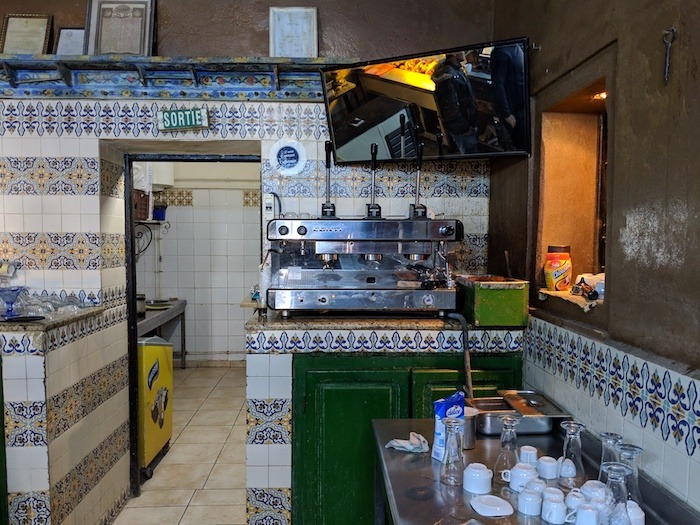
Tunisia produces its own coffee, as well as imports from its neighbor Algeria. Beyond its delicious flavor, the importance of Tunisian coffee is due to the coffee-drinking culture. There are cafés located every couple of meters of every city or town. These places are a safe haven for working men who stop by at sunrise to get their caffeine and nicotine fix before their shift starts. In the absence of alcohol consumption, coffee-culture takes over and dominates the social scene of Tunisia.
DATES

I visited the region of Djerid, which is the Tunisian door to the Sahara Desert. This region is home to Tunisia’s date industry. After olive oil, dates are the second most exported Tunisian product. Over 12,000 tones of dates being shipped overseas every year.


At first sight, dates are just another popular national crop, like parsley or olives. Many farmers work the fields for the minimum wage of $500 dinar (€150) per month. However, it turns out that being part of the date industry can be very profitable – particularly for land-owners. Based on a conversation with a farmer, I learned that a palm tree produces about 150 Kilos of dates each year. He estimated that families who participate in the business often own about 200 palm trees. The kilo of dates is sold for 5 dinars (€1.5). This means that if all production is sold, the plantation owners can make a lot of money for Tunisian agricultural standards; about 300 times more than the minimum wage.
I tried the dates and they are really, REALLY good.
DESERT AGRICULTURE

Still in the region of Djarid, we took a day tour to the explore the nearby sand dunes. Our guide took us to see how food is grown in the desert. There were literally fields of crops flourishing from the soft white sand. I had never seen or known food to grow in sand – it was fascinating.
All crops were connected by a hose that waters the crops by tiny droplets. There were onions, garlic, potatoes, carrots, spinach, parsley and many other vegetables and herbs growing from below the softness of the dunes. We could also see solar panels installed around the fields, which are state subsidized to encourage sustainable agriculture in the desert.

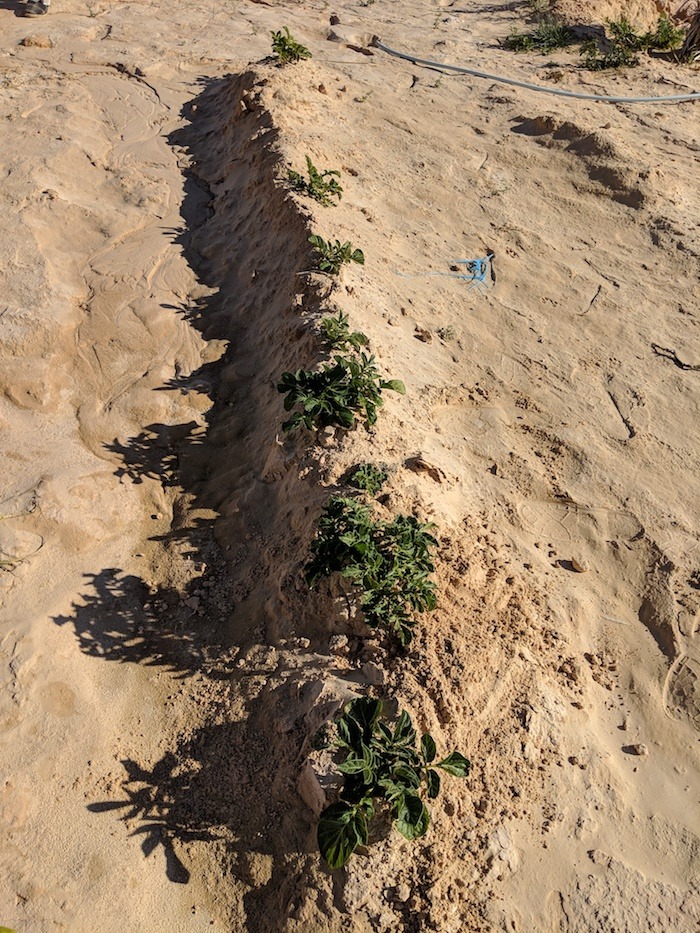
If food can grow under these conditions, there is no doubt that humans have the capacity to create a fertile environment nearly anywhere on earth. I was completely amazed by this experience. For the rest of my trip I could not stop hearing the voice in my head which has so often convinced me that growing my own food while living in an apartment is too hard. After this visit, I felt more motivated than ever to go home and plant something, even if that is onions in a jar or in a bucket by the window.
Experiencing rural Tunisia was a refreshing reminder of the beautiful and rewarding experience of consuming straight from the land.

Guided Private Tours to the Desert:
Golden Hour Travel
Do you need help crafting the perfect itinerary for your upcoming trip? Pass on the burden of travel research to me. I can help you identify activities that fit your interests, budget and travel style. My goal is to design an itinerary that is completely personalized, steering you away from tourist traps and guiding you to off-the-beaten-path destinations that extend beyond the recommendations of popular travel guides. Get in touch, and together, and we can start planning your trip today!
Dar Chick Yahia: A sustainable B&B on the Tunisian island of Djerba
The sustainable houch-style bed and breakfast of a French police-chief...
Read MoreTUNISIA: A Very Pescatarian Holiday
This December, I boycotted Christmas and spent 10 days traveling...
Read MoreTUNISIA: The Ghost Hotels of Djerba
The 2015 terrorist attacks that took place in Tunisia hit...
Read More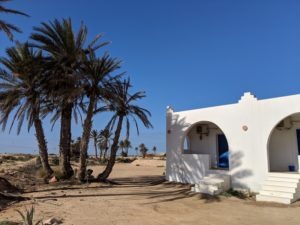



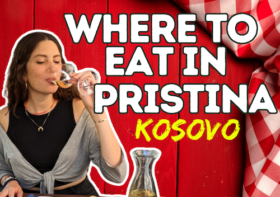
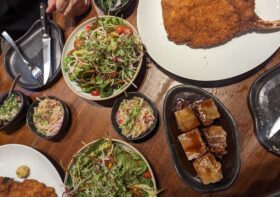
Leave a Reply